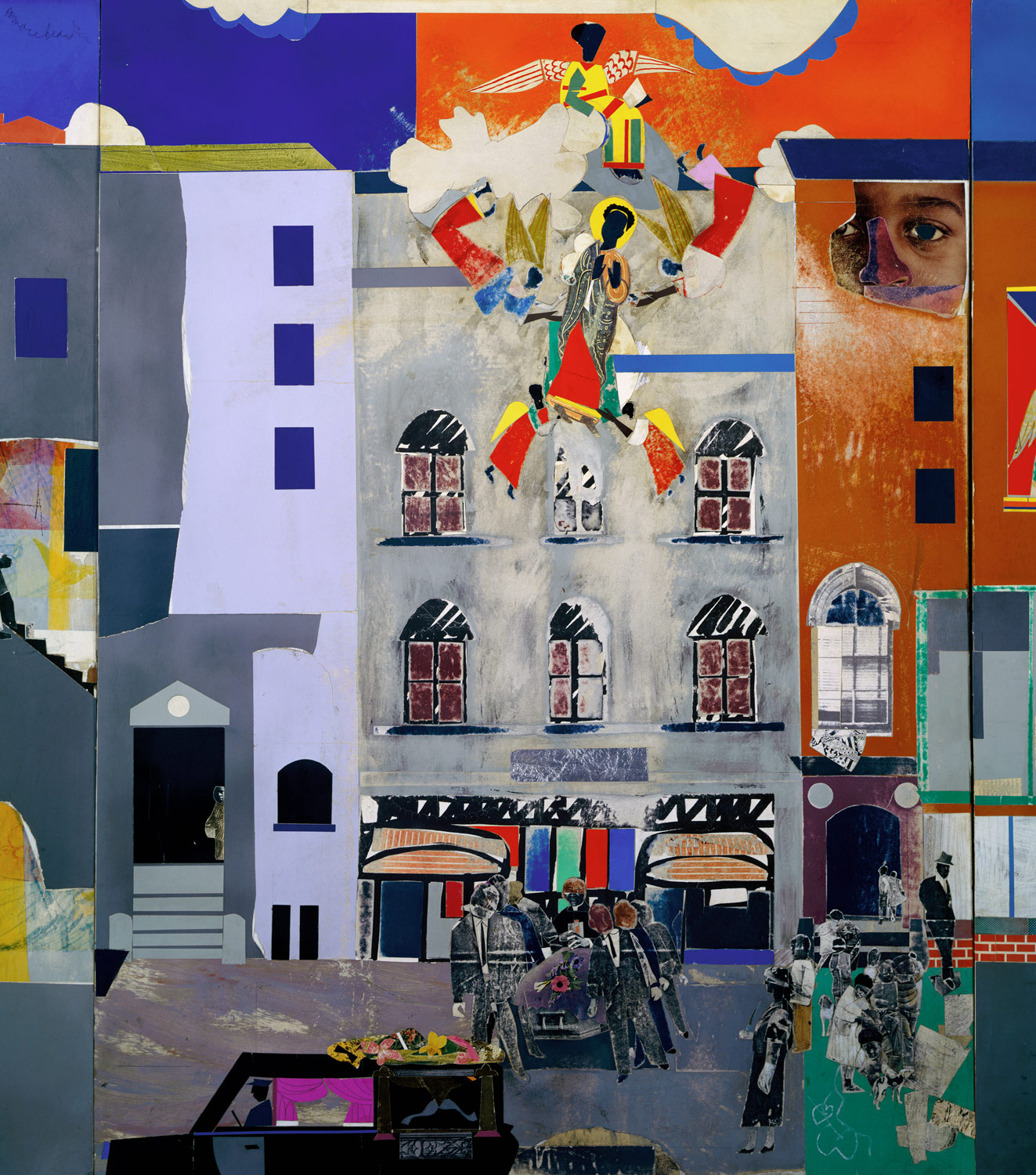As our time in this course comes to a close we have been
asked to reflect on everything we have learned in ARTE 560 Secondary Methods
for K-12 Certification. Specifically, we
are taking a look back at the advice we gave ourselves and each other from the first
blog of the semester and adding to our lists.
The tips I gave myself at the beginning of the course
included:
1. Make personal
connections with your students.
2. Prepare for
students with specific needs.
3. Keep yourself
happy and healthy.
Some of the things I have learned from my time during our
class and my observations include:
1. Give students
individual attention and instruction.
-In my
observations this was a key component of the teacher’s method. Through individual instruction he insured
that every student understood the terms, techniques, and concepts associated
ceramics – a medium unfamiliar to most of the students.
2. Allow students the
freedom to work on their own and make decisions about their artwork.
-My
cooperating teacher had a flourishing classroom in part due to his quiet,
hands-off attitude. Students knew what
they needed to work on, and worked without being hounded or hovered over.
-Cindy
Foley gave a wonderful TED Talk about making students better thinkers and better
artists. She claimed that art education
could improve greatly by giving students more freedom and forcing them to be
comfortable with ambiguity and generating ideas.
3. Use technology
effectively and to your benefit.
-Technology
has become an integral part of students’ lives, as well as the school and art
classroom. We as teachers have to adapt
to this change and make use of the new tools at our students’ disposal.
-This
course introduced me to the usefulness blogs and Google Docs, both things I had
absolutely no experience with before. It
also made apparent how important it is to have documents and assignments
somewhere online that students can access and view them.
-The
school I was observing at was completely technologically integrated with a 1 to
1 device ratio, and introduced me to the Schoology app. The students were able to see all their
documents, turn in assignments, receive grades, and view comments from their
iPads. The widespread use of technology
really made the students more successful, and helped streamline classroom
management.
4. Find a system for completing
all of the administrative work you need to do.
-My cooperating
teacher always stressed the importance of finding a reliable system for grading
– one that does not require too much time, one that is not too intensive, one
that is based on clear rubrics and feedback, and one that is based in formative
assessments.











































